Factory Tour
Unlocking the Advantages of 16s LFP Boat Battery for Modern Marine Applications
The marine industry is rapidly evolving, with a significant shift towards more efficient and sustainable power solutions, making the "16s LFP Boat Battery" an increasingly attractive option for modern applications. According to a recent market analysis by Research and Markets, the marine battery market is expected to reach $4.2 billion by 2027, driven by advancements in lithium iron phosphate (LFP) technology. This innovative battery chemistry offers superior energy density, longer cycle life, and enhanced safety compared to traditional lead-acid batteries. Additionally, a report from Allied Market Research highlights that the demand for electric boats is projected to grow at a CAGR of 15.6% through 2025, underscoring the urgency for reliable power sources like the 16s LFP Boat Battery. As boat enthusiasts and industry professionals seek to embrace eco-friendly solutions, the benefits of LFP technology extend beyond performance, paving the way for cleaner and more sustainable marine adventures.

Exploring the Key Features of 16s LFP Boat Batteries in Modern Marine Technology
The 16s LFP (Lithium Iron Phosphate) boat battery is revolutionizing modern marine technology with its robust features and advantages. These batteries are designed to provide a higher energy density compared to traditional lead-acid batteries, enabling longer operation times and enhanced performance for marine vessels. According to a recent report by the International Energy Agency, LFP batteries can offer up to 30% more cycle life than their lead-acid counterparts, making them a superior choice for environmentally conscious boaters seeking sustainability.
One key feature of the 16s LFP boat battery is its exceptional thermal stability, which significantly reduces the risk of overheating and potential fire hazards. This characteristic is particularly important in marine environments where fluctuations in temperature can occur. In addition, LFP batteries are known for their low self-discharge rates, which means they can hold their charge for months without significant power loss—ideal for seasonal boaters.
**Tips for Marine Battery Maintenance:** Always monitor the battery’s state of charge to avoid deep discharging, which can shorten its lifespan. Additionally, consider investing in a battery management system (BMS) to ensure optimal performance and protection for your 16s LFP boat battery. Regularly inspecting connections and terminals for corrosion will also help to maintain efficient energy transfer and prolong battery life.
Advantages of 16s LFP Boat Battery in Modern Marine Applications
The Impact of Lithium Iron Phosphate on Battery Longevity and Performance in Marine Use
The advent of Lithium Iron Phosphate (LFP) technology has revolutionized marine batteries, particularly for applications requiring durability and performance. One of the most significant impacts of LFP batteries in marine use is their impressive longevity. Thanks to their robust chemical structure, LFP batteries can endure a greater number of charge and discharge cycles compared to traditional lead-acid batteries. This characteristic not only extends the lifespan of the battery but also offers a more economical choice for boat owners in the long run.
Performance is another area where 16s LFP boat batteries excel. These batteries provide consistent power output, which is critical for marine applications where reliability is paramount. Their ability to maintain performance under varying temperatures and load conditions makes them ideal for a wide range of marine activities, from leisure boating to commercial uses. Furthermore, LFP technology has a lower risk of thermal runaway, enhancing safety for those on the water. As marine technology evolves, the integration of such advanced battery systems underscores a trend towards more efficient and sustainable energy solutions in the marine industry.
Comparative Analysis: 16s LFP Boat Batteries vs. Traditional Lead-Acid Alternatives
The adoption of 16s lithium iron phosphate (LFP) boat batteries is transforming modern marine applications, providing distinct advantages over traditional lead-acid alternatives. A comparative analysis reveals that LFP batteries not only offer enhanced energy density but also exhibit superior cycling stability, with lifecycle assessments indicating a lifespan reaching up to 3,000 cycles compared to approximately 500 cycles for lead-acid batteries. Studies indicate that lithium-ion technologies are gaining traction for utility-scale energy storage, highlighting an increasing push towards more efficient energy solutions in maritime environments.
These advancements are underscored by the recent findings on thermal runaway behavior in lithium battery packs—an area critical for marine safety. LFP batteries demonstrate more robust thermal stability than lead-acid options, reducing the risks of fire and emissions of toxic gases during extreme conditions. Furthermore, ongoing research into various lithium-ion chemistries, such as sodium-ion and LFP, showcases an industry shift toward materials that can optimize performance under rigorous operational demands. With the marine industry's increasing focus on efficiency and safety, 16s LFP boat batteries are poised to set a new standard for reliability and sustainability in marine energy storage.
Cost-Effectiveness of 16s LFP Boat Batteries: An In-Depth Look at ROI in Marine Applications
The 16s LFP (Lithium Iron Phosphate) boat battery has emerged as a game-changer in marine applications, primarily due to its impressive cost-effectiveness. This advanced battery technology provides a longer lifespan compared to traditional lead-acid batteries, reducing the frequency of replacements and overall maintenance costs. By investing in 16s LFP batteries, boat owners can achieve a remarkable return on investment (ROI), as the initial expenditure is often offset by the extended operational life and lower total cost of ownership.

Moreover, the energy density and efficiency of 16s LFP batteries have significant implications for performance in marine settings. Their lightweight design contributes to better fuel efficiency and enhanced maneuverability, allowing vessels to operate at optimal levels without the burden of heavier battery systems. Additionally, the inherent safety features of LFP batteries minimize the risk of thermal runaway, further reinforcing their value in the high-stakes marine environment. As the boating industry continues to seek sustainable and cost-effective solutions, the 16s LFP battery stands out as an intelligent choice for modern marine applications, promising both financial and operational advantages.
Safety and Environmental Benefits of Adopting 16s LFP Boat Batteries in the Marine Industry
The adoption of 16s Lithium Iron Phosphate (LFP) boat batteries is revolutionizing the marine industry with a focus on safety and environmental sustainability. Studies have shown that LFP batteries exhibit a significantly lower risk of thermal runaway compared to traditional lithium-ion batteries, boasting an increased lifespan of up to 10 years with over 2,000 charge cycles. This longevity reduces the frequency of battery replacements, translating to less waste in landfills and a more sustainable marine ecosystem.
Moreover, LFP batteries are non-toxic and free from hazardous materials, aligning with the growing demand for greener solutions in maritime operations. According to a report by the National Renewable Energy Laboratory, transitioning to environmentally friendly battery technologies can reduce marine pollution by as much as 50% over the next decade. The marine industry can thus benefit significantly from using LFP batteries, ensuring safer operations while mitigating ecological impacts.
**Tips for Implementation:** It's essential for marine operators to conduct a thorough analysis of battery specifications and compatibility with existing equipment. Regular maintenance checks can enhance the performance of LFP batteries, ensuring that they operate at peak efficiency. Additionally, training crews on the unique aspects of LFP technology will further enhance safety and operational efficacy.

Related Posts
-
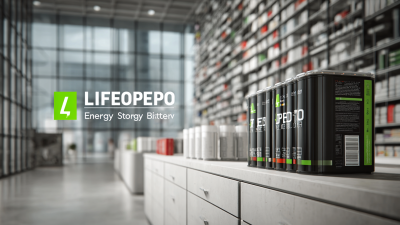
7 Essential Benefits of the Best Lifepo4 Energy Storage Battery for Global Buyers
-
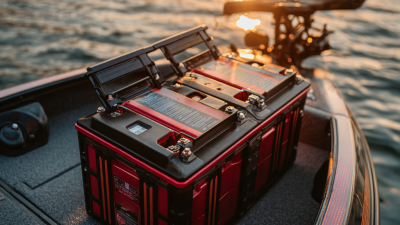
Top Tips for Maximizing Performance with Best 16s Lfp Boat Battery
-

How to Choose the Right 51.2V Lifepo4 Boat Battery for Your Needs
-
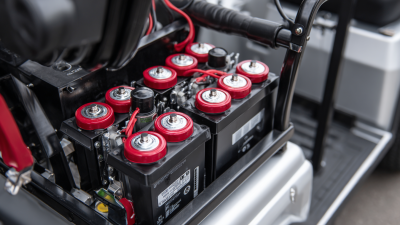
Unleashing Performance: Best Practices for 48V Golf Cart Battery Pack Optimization
-
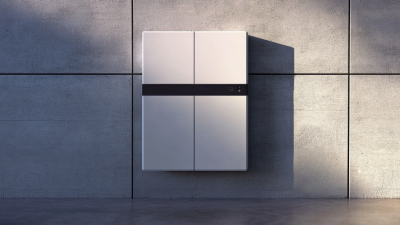
Exploring Innovative Alternatives to Wall Mounted Energy Storage Batteries
-
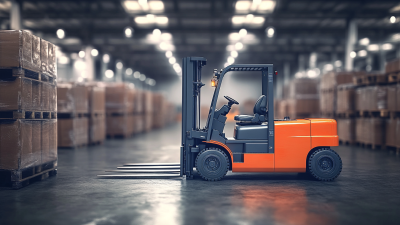
How to Choose the Best 80v Forklift Battery for Your Business Needs






